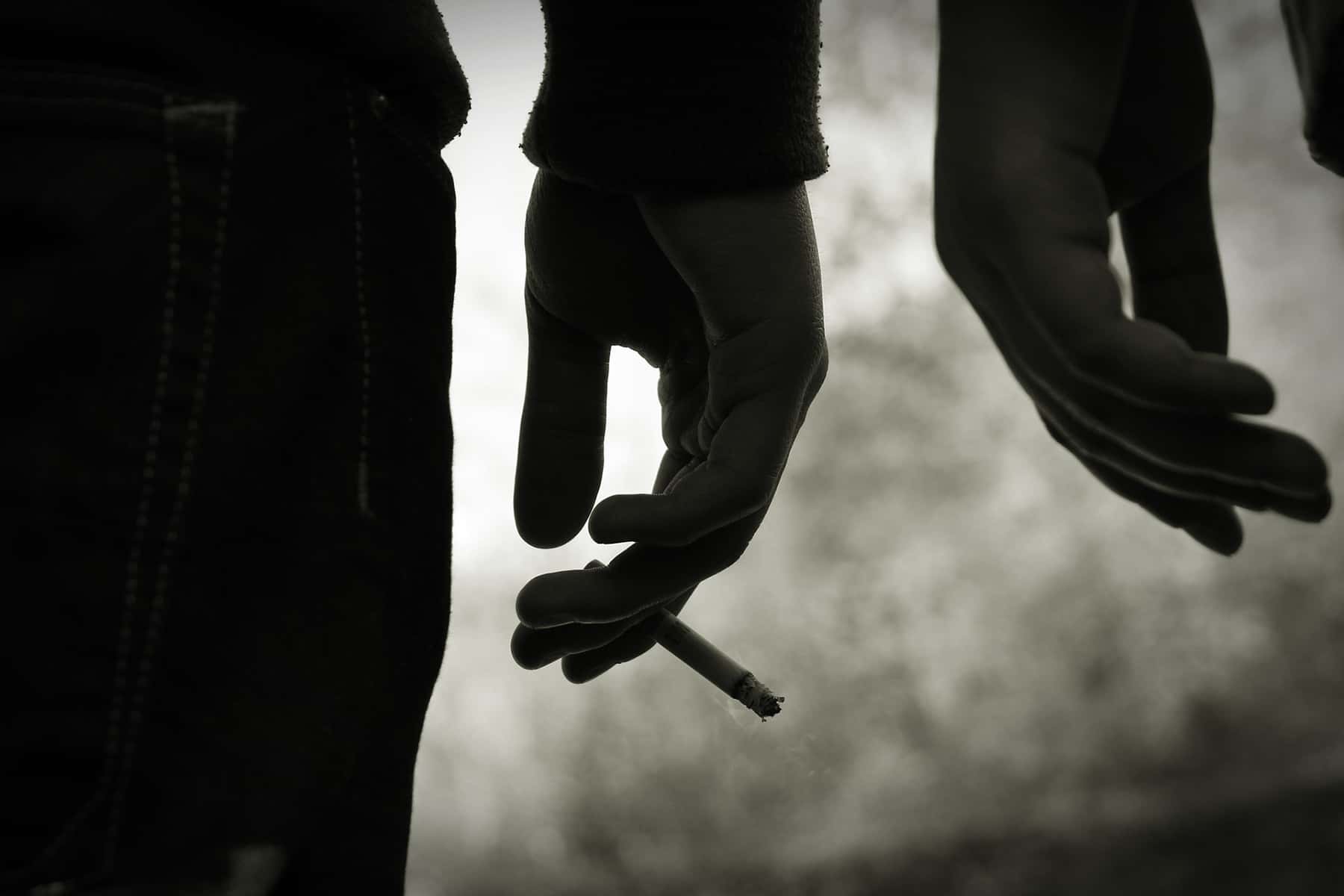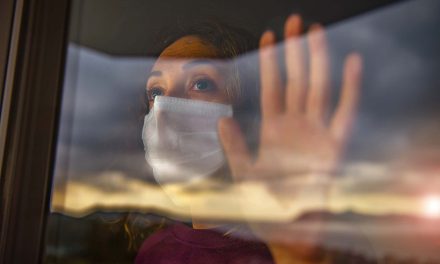
Wisconsin ranks 32nd nationwide in funding programs that prevent kids from using tobacco and help smokers quit, according to a report released recently by leading public health groups.
Wisconsin spent $5.3 million this year on tobacco prevention and cessation programs, which is just 9.2% of the $57.5 million recommended by the Centers for Disease Control and Prevention (CDC).
The report challenges states to do more to fight tobacco use, the nation’s No. 1 preventable cause of death, and to confront the growing epidemic of youth e-cigarette use in America.
In Wisconsin, 7.8% of high school students smoke cigarettes, while 11.6% use e-cigarettes. Tobacco use claims 7,900 Wisconsin lives and costs the state $2.66 billion in health care bills annually. Other key findings include:
- Wisconsin will collect $757.8 million in revenue this year from the 1998 tobacco settlement and tobacco taxes, but will spend only 0.7% of the money on tobacco prevention programs.
- Tobacco companies spend $164.7 million each year to market their deadly and addictive products in Wisconsin – more than 31 times what the state spends on tobacco prevention. Nationwide, tobacco companies spend $9.5 billion a year on marketing – that’s over $1 million every hour.
The report, “Broken Promises to Our Children: A State-by-State Look at the 1998 Tobacco Settlement 20 Years Later,” was released by the Campaign for Tobacco-Free Kids, American Cancer Society Cancer Action Network, American Heart Association, American Lung Association, the Robert Wood Johnson Foundation, Americans for Nonsmokers’ Rights and Truth Initiative. This year marks the 20th anniversary of the landmark 1998 legal settlement between the states and the tobacco companies, which required the companies to pay more than $200 billion over time as compensation for tobacco-related health care costs.
Wisconsin has taken important steps to reduce smoking with a state cigarette tax of $2.52 per pack and a comprehensive smoke-free workplace law. From 1999 to 2017, Wisconsin cut smoking among high school students by nearly 80%, from 38.1% to 7.8%. However, youth e-cigarette use remains a concern, and the state is providing less than 10% of the recommended funding for tobacco prevention programs.
“Wisconsin has made great strides in reducing smoking rates, but state leaders cannot let their guard down as tobacco is still the No. 1 cause of preventable death and e-cigarettes threaten to addict another generation,” said Matthew L. Myers, President of the Campaign for Tobacco-Free Kids. “To win this fight, Wisconsin needs invest more in tobacco prevention and do its part to make the next generation tobacco-free.”
Nationwide, the U.S. has reduced smoking to record lows, 14% among adults and 7.6% among high school students. But tobacco use still kills more than 480,000 Americans and costs the nation about $170 billion in health care expenses each year. Today’s report highlights the need to address large disparities in who still smokes, with smoking rates highest among people with lower income and less education, residents of the Midwest and South, American Indians/Alaska Natives, LGBT Americans, those who are uninsured or on Medicaid, and those with mental illness.
By funding tobacco prevention and cessation programs at the CDC’s recommended levels, states can reduce tobacco use among all Americans. But most states are falling far short:
- The states will collect $27.3 billion this year from the tobacco settlement and tobacco taxes but will spend only 2.4% of it ($655 million) on tobacco prevention programs.
- The $655 million that the states have budgeted for tobacco prevention is a small fraction of the $3.3 billion the CDC recommends. Not a single state funds tobacco prevention programs at CDC-recommended levels, and only two states – Alaska and California – provide even 70% of the recommended funding.
- States with well-funded, sustained tobacco prevention programs have seen remarkable progress. Florida, with one of the longest-running programs, has reduced its high school smoking rate to 3.6%, one of the lowest rates ever reported by any state.
The report also highlights the youth e-cigarette epidemic. Driven by the popularity of Juul, a sleek, easy-to-hide e-cigarette that is sold in sweet flavors and delivers a powerful dose of nicotine, e-cigarette use among U.S. high school students skyrocketed by 78% this year to 20.8%. In 2018, more than 3.6 million middle and high school students were current e-cigarette users, an alarming increase of 1.5 million in just one year.
















